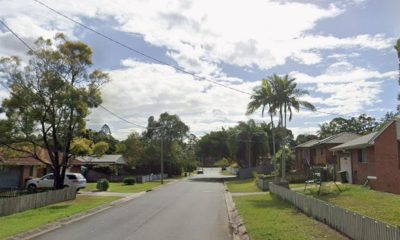Science
The Moon’s surface is rusting — and Earth may be to blame – The Next Web
Dust on the Moon discovered by the Chandrayaan-1 spacecraft orbiting our planetary companion suggests complex interactions between the Sun, Earth, and Moon. With little water …

The solar wind delivers hydrogen, usually discouraging the oxidation of iron into hematite on the lunar surface. However, each full moon finds our planetary companion behind the Earth, where it is protected from the solar wind. These monthly reprieves from the bombardment of hydrogen creates periodic times when oxygen can react with iron, producing hematite, researchers theorized.
The lack of atmosphere on the Moon allows solar wind (most of which is…
-

 General21 hours ago
General21 hours agoAshes engulfed by fresh DRS controversy as TV umpire gives Jamie Smith out despite RTS ‘murmur’
-

 Noosa News5 hours ago
Noosa News5 hours agoTwo teenagers and two adults rushed to hospital in life-threatening conditions after shocking Lawnton house fire
-

 Noosa News21 hours ago
Noosa News21 hours agoBrisbane widow’s $6 million prize home win comes with unexpected luxury
-

 Noosa News6 hours ago
Noosa News6 hours agoFatal traffic crash, Noosa – Sunshine Coast

